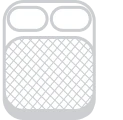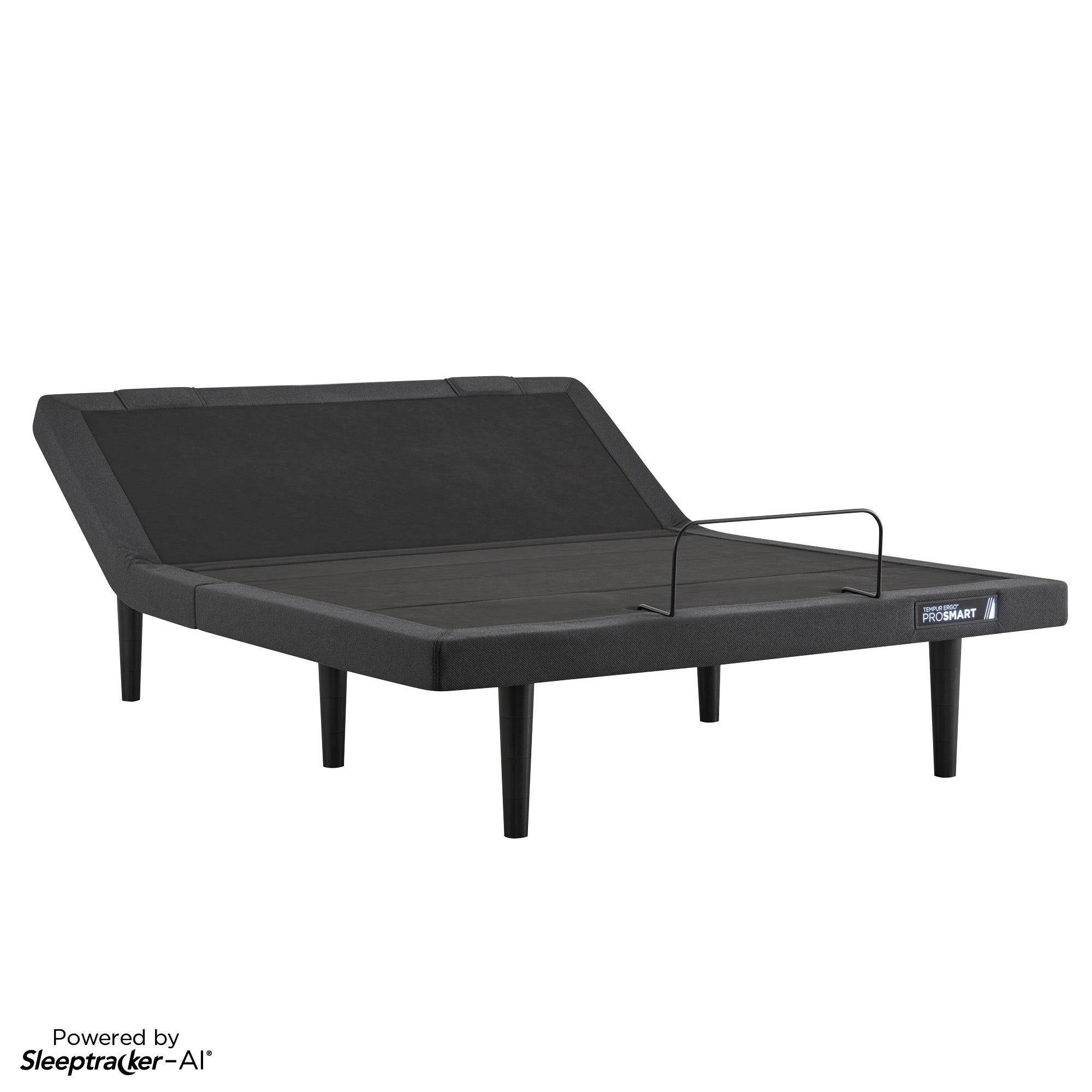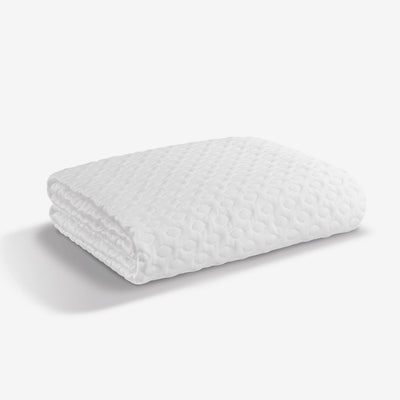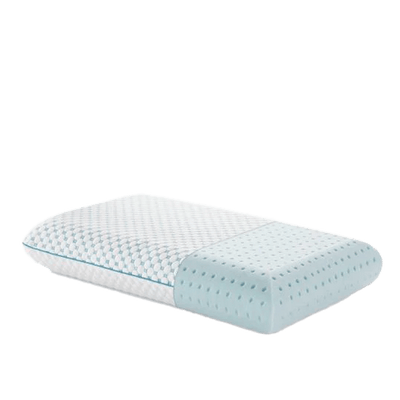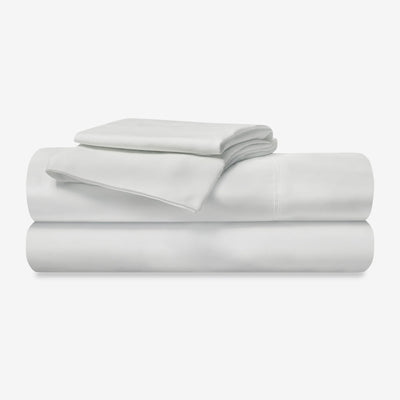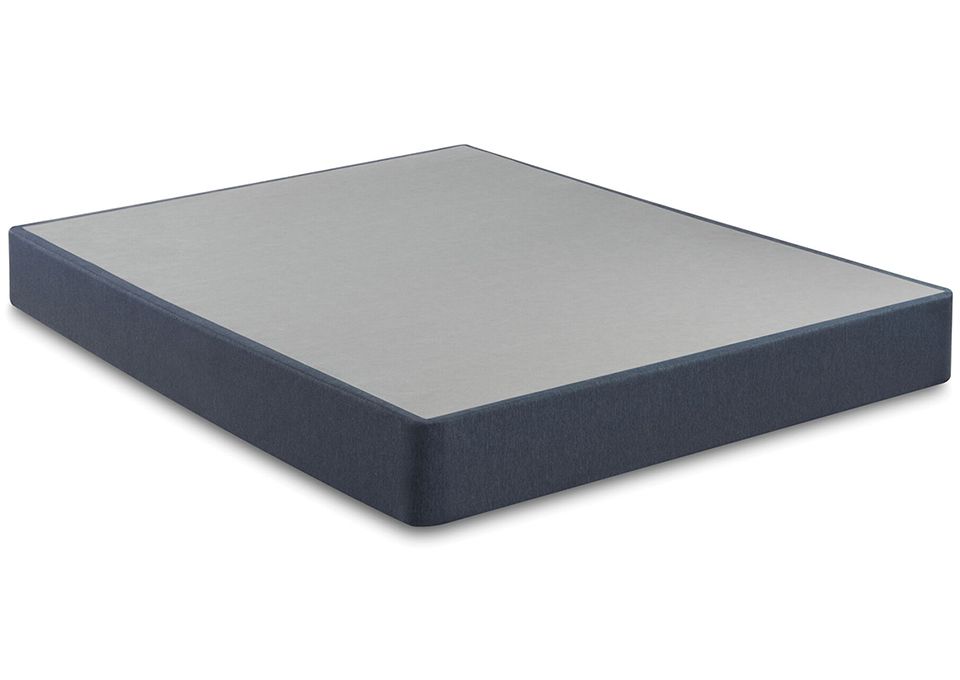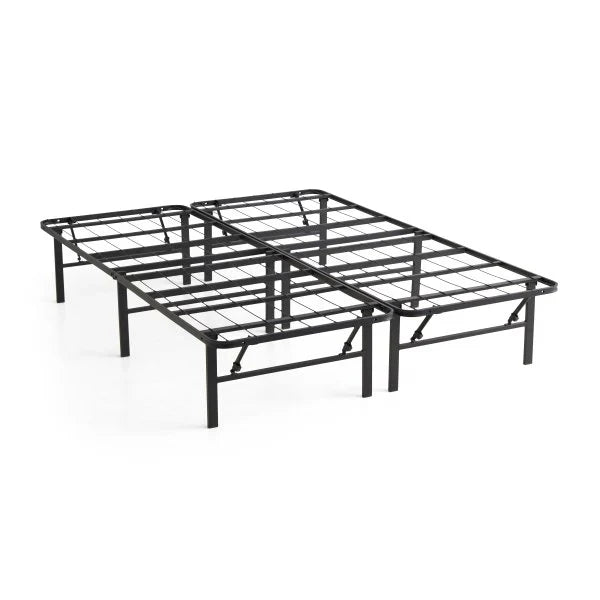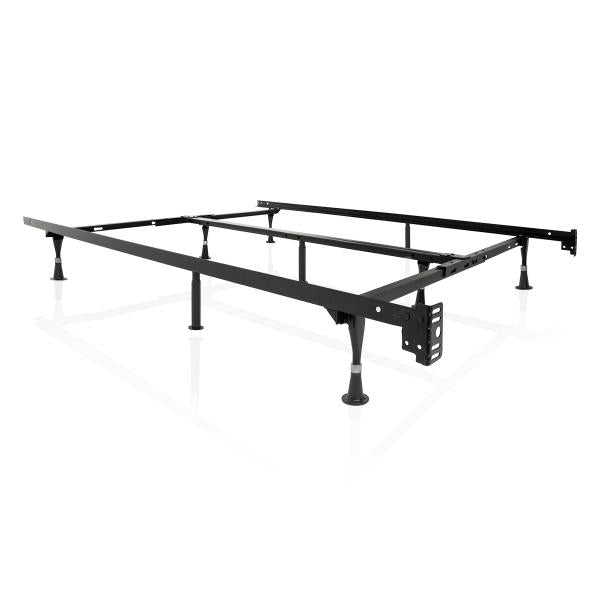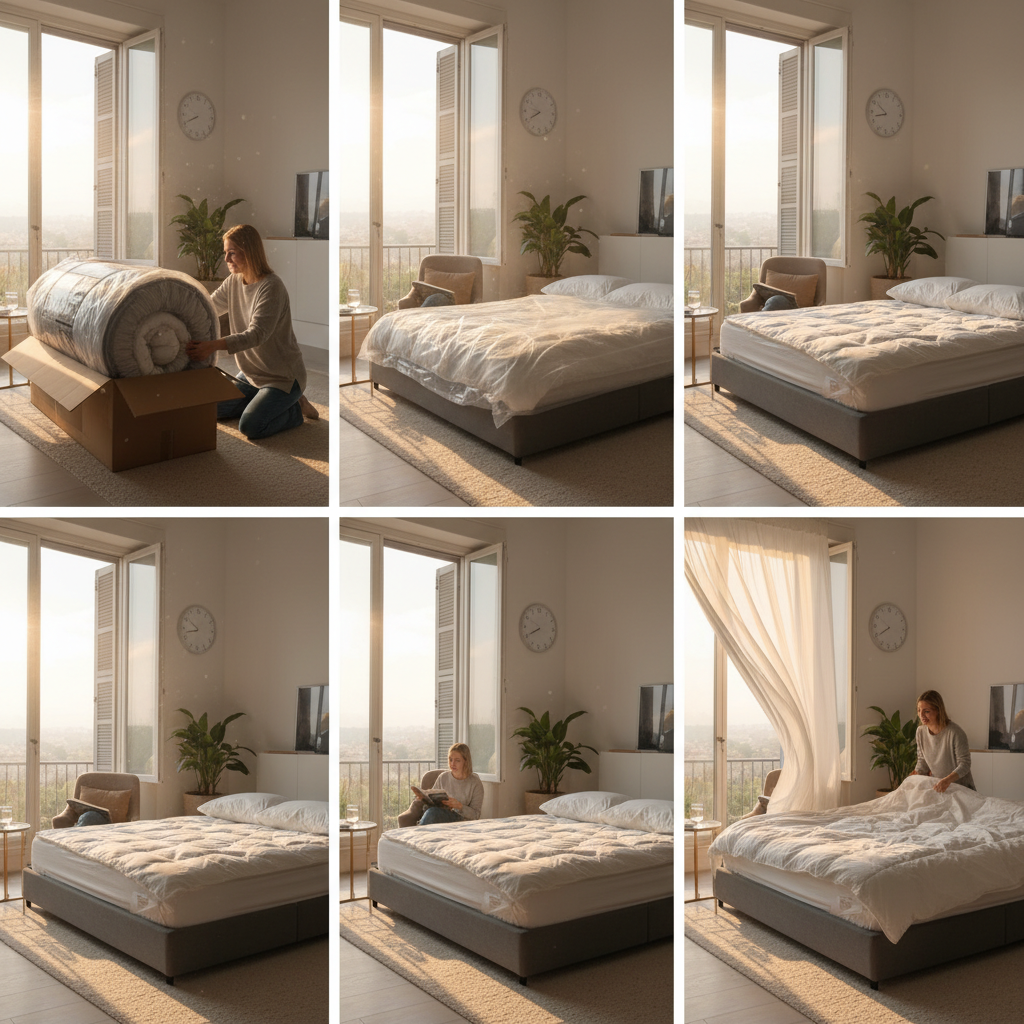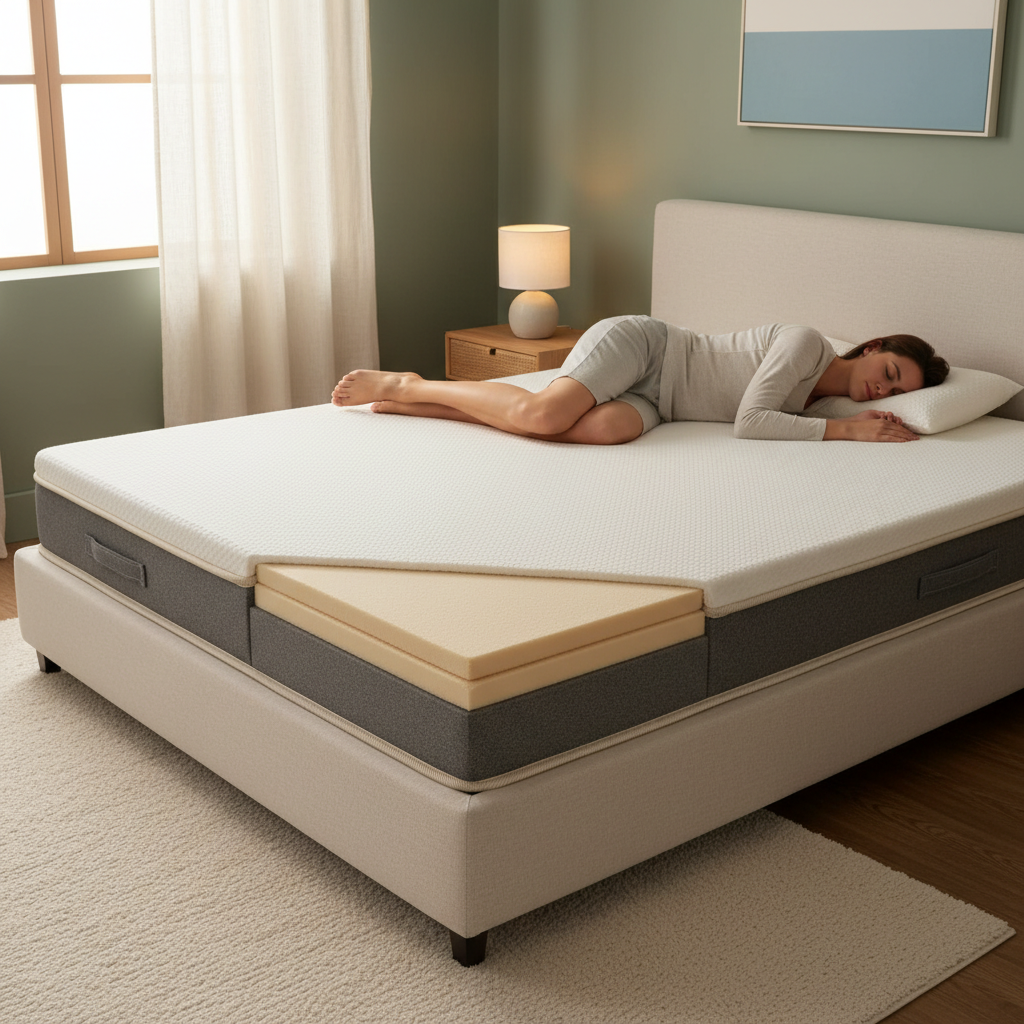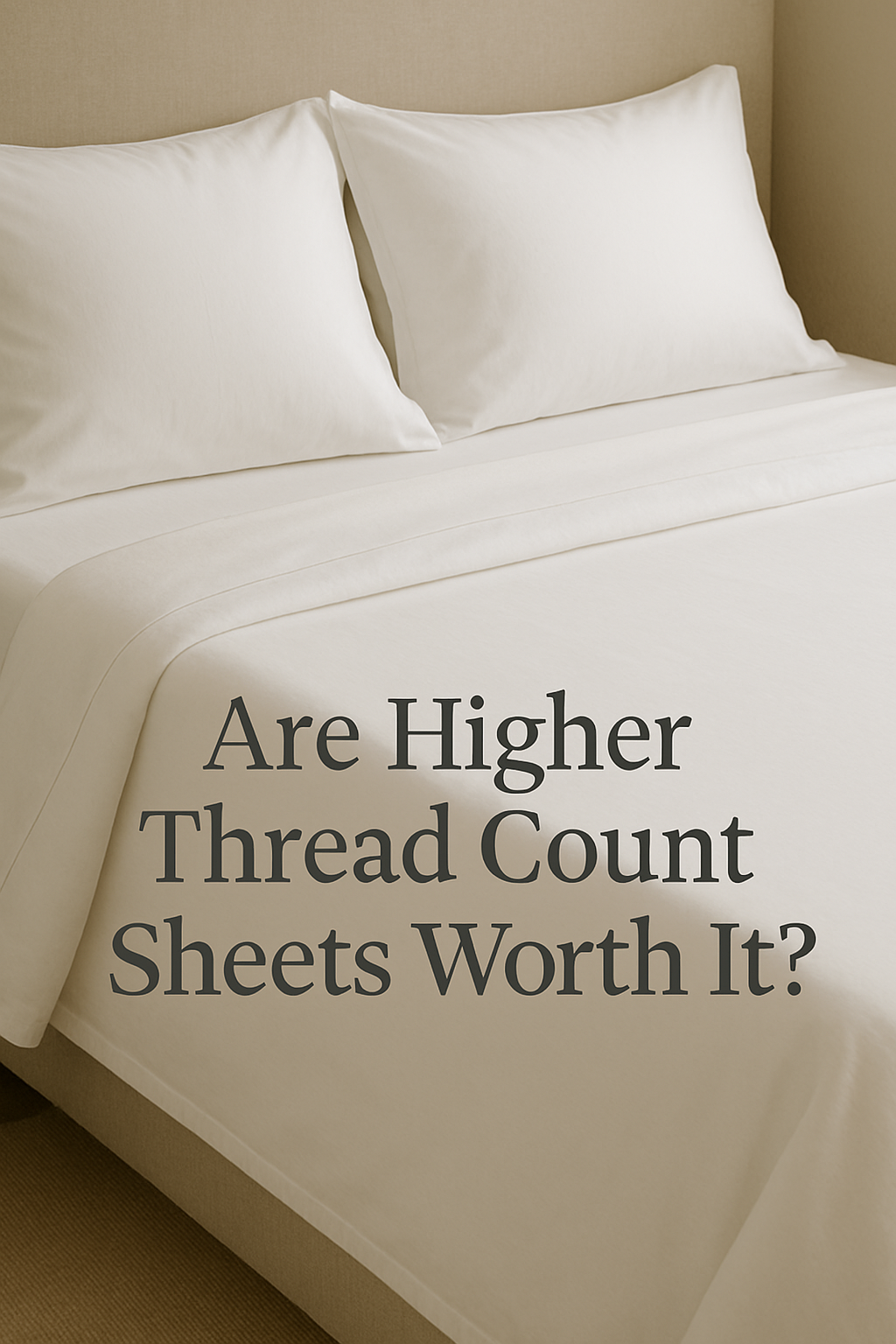-
Mattresses
Bed Size
Brands
Feel
Types of Mattress
Find the best mattress for your needs with our quick mattress finder quiz.
Mattress AI Quiz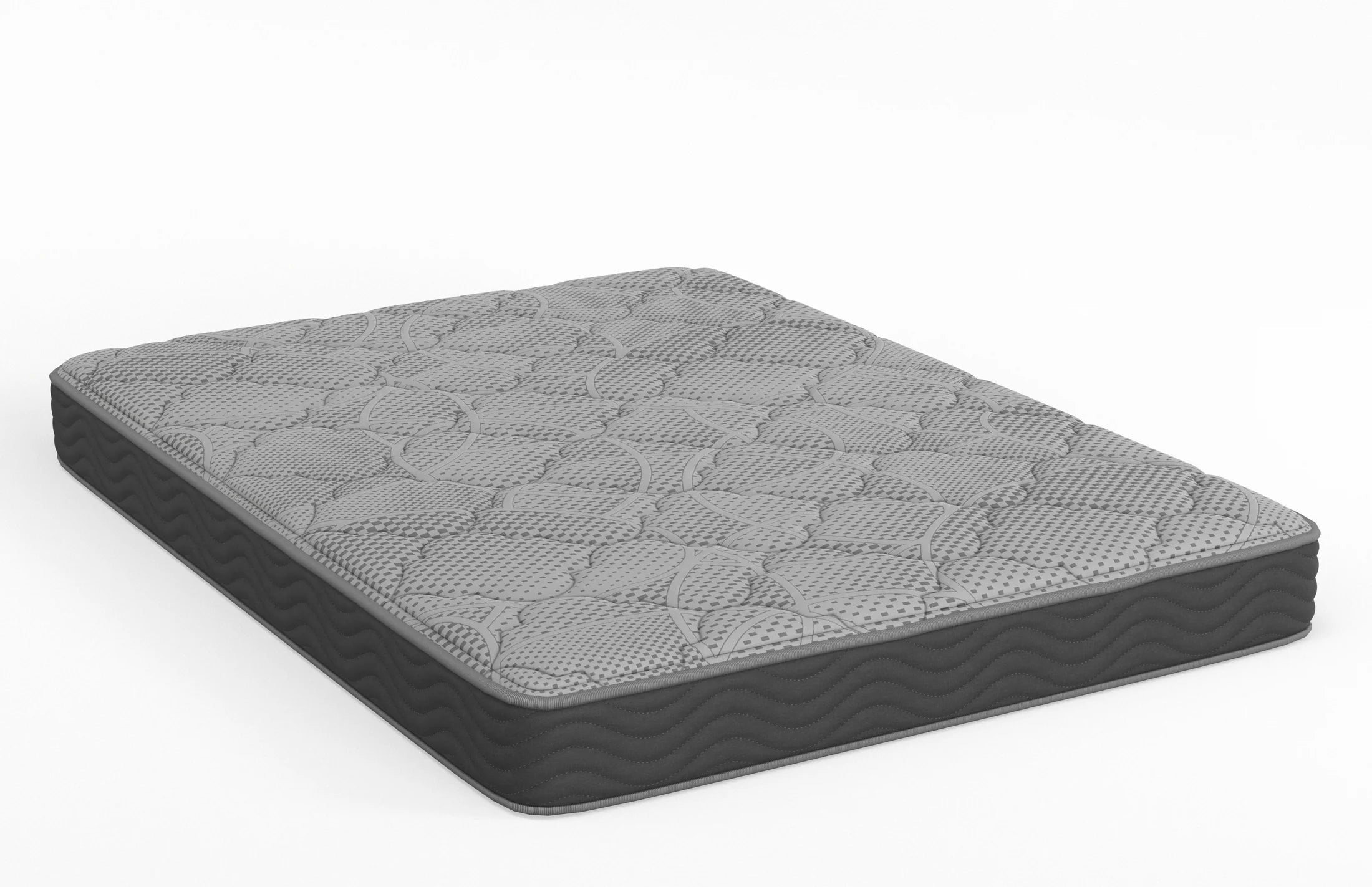
- Adjustable Bases
- Bedding
- Bed Frames
- Sale
- Locations

Your mattress is one of the most important investments in your health and well-being, yet many people struggle to recognize when to replace a mattress that has served them faithfully for years. Unlike other household items that show obvious signs of wear, mattresses can deteriorate gradually, making it challenging to identify the right time for replacement. Understanding the key indicators of mattress wear can help you maintain better sleep quality and overall health.
Age-Based Guidelines for Mattress Replacement
The most straightforward way to assess whether your mattress needs replacement is by considering its age. Sleep experts consistently recommend replacing mattresses every 7 to 10 years, though this timeline can vary based on mattress type and quality. A mattress over 10 to 15 years old, especially one showing signs of reduced support, is likely overdue for replacement.
Different mattress materials have varying lifespans. Memory foam and latex mattresses typically last 8 to 10 years, while traditional innerspring mattresses may need replacement after 7 to 8 years. The foam performance in these mattresses naturally degrades over time, even when the surface appears intact. This timeline isn't arbitrary - it reflects the reality that sleep quality and spinal support degrade over time, often subtly, making the decline hard to notice day by day.
If you're unsure about your mattress age or type, our comprehensive mattress guide can help you understand the factors that influence mattress longevity and performance.
Physical Signs Your Mattress Has Lost Its Support
Visual inspection alone can be misleading when assessing mattress condition. Mattress failures often occur in support layers without obvious surface sag, which can mislead visual inspections. The surface appearance can be deceptive, as deeper structural wear can significantly impact comfort and support without creating visible indentations.
Hidden Wear Patterns
Support breakdown commonly occurs in areas where your body applies the most pressure - typically around the hips and shoulders. You might notice that certain areas of your mattress feel less responsive or supportive, even when they don't show visible sagging. This internal wear can affect your sleep quality and spinal alignment long before it becomes visually apparent.
Simple Tests to Assess Mattress Condition
Several practical tests can reveal hidden mattress wear that visual inspection might miss:
-
Apply even pressure across different areas of the mattress and notice if some sections feel less responsive
-
Use a taut string test - stretch a string across the mattress surface to detect sagging greater than one inch
-
Pay attention to how quickly the mattress returns to its original shape after you get up
-
Notice if you feel springs or internal components more prominently than before
-
Check for unusual noises when you move on the mattress
These objective assessment methods help you make informed decisions based on actual performance rather than just appearance.
[collection-carousel="mattresses"]
Sleep Quality Indicators
Your body often signals mattress problems before visible wear appears. If you've experienced disrupted sleep over several months without other obvious causes, your mattress may be the culprit. Pay attention to changes in how you feel when you wake up and throughout the day.
Physical Discomfort Signals
Morning stiffness, back pain, or joint discomfort that wasn't present when your mattress was newer can indicate declining support. This is particularly true if the discomfort improves throughout the day or if you sleep better in hotels or other locations. Your body adapts gradually to decreasing mattress support, so these changes might develop slowly over time.
Sleep Pattern Changes
Notice if you're tossing and turning more frequently, having trouble finding comfortable sleeping positions, or waking up more often during the night. These changes in sleep patterns often correlate with mattress support issues, even when the mattress looks fine superficially.
For detailed information about replacement timelines and what to expect from different mattress types, check out our guide on how often you should replace your mattress.
Factors That Accelerate Mattress Wear
Understanding what contributes to faster mattress deterioration can help you make more informed replacement decisions. Several factors beyond normal use can significantly impact mattress lifespan.
Foundation and Support System
The quality of your box spring, foundation, or bed frame plays a crucial role in mattress longevity. Poor-quality foundations can accelerate mattress wear and create problems that seem to originate from the mattress itself. A significant percentage of mattress comfort complaints actually trace back to inadequate box springs or frames rather than the mattress itself.
Sleep Accessories Impact
Your pillow quality can also affect how you perceive mattress comfort. Old or inadequate pillows, especially for side sleepers who need proper neck support, can contribute to discomfort that might be mistakenly attributed to mattress problems. Ensuring your entire sleep system works together is essential for optimal comfort and proper assessment of mattress condition.
[collection-carousel="hybrid-1"]
Understanding Warranty vs. Actual Lifespan
It's important to understand that mattress warranties don't necessarily reflect how long your mattress will remain comfortable or supportive. Warranties typically cover manufacturing defects rather than normal wear or comfort issues. While a warranty may cover defects like broken springs or excessive sagging, it typically excludes normal wear or perceived comfort issues. Some companies also offer separate comfort guarantees, but these are distinct from standard warranty protections.
A mattress might technically meet warranty standards while no longer providing the comfort and support you need for quality sleep. Don't rely solely on warranty coverage to determine replacement timing - your sleep quality and comfort should be the primary factors in your decision.
When Warranty Claims Make Sense
Warranty claims are appropriate for significant structural defects, premature sagging beyond specified measurements, or manufacturing flaws. However, gradual comfort decline due to normal foam compression or personal preference changes typically fall outside warranty coverage.
Making the Replacement Decision
The decision to replace your mattress should consider multiple factors working together. Age alone isn't always the determining factor - a well-maintained mattress in good condition might serve you well beyond average replacement timelines, while a lower-quality mattress might need replacement sooner.
Evaluation Checklist
Consider these key questions when evaluating your mattress:
-
How old is your current mattress, and what type is it?
-
Have you noticed changes in sleep quality or morning comfort?
-
Does the mattress show visible wear, sagging, or loss of shape?
-
Do you sleep better in other beds or locations?
-
Are you experiencing unexplained back or joint discomfort?
-
Is your foundation or support system in good condition?
If several of these factors point toward replacement, it's likely time to start shopping for a new mattress.
This guide is based on practical experience and commonly accepted industry timelines, but individual needs vary. For medical concerns related to sleep discomfort, consider consulting a healthcare professional.
[collection-carousel="memory-foam"]
Taking the Next Step
Once you've determined that your mattress needs replacement, the next step is finding the right mattress for your specific needs and preferences. This process involves understanding your sleep style, preferred firmness level, and any specific comfort requirements you've developed over time.
Working with our certified Sleep Consultants can help you navigate the various mattress types, materials, and firmness levels available. Our certified Sleep Consultants are trained product specialists who help customers match mattresses to their body types, sleep positions, and personal comfort preferences. They can assess your specific needs and recommend options that will provide better long-term comfort and support than your current mattress.
If you're ready to explore replacement options, you can browse our complete selection of quality mattresses or schedule an appointment with one of our Sleep Consultants for personalized guidance.
Conclusion
Recognizing when your mattress needs replacement involves paying attention to multiple indicators working together. While age provides a useful guideline, your sleep quality, physical comfort, and the mattress's actual performance matter more than arbitrary timelines. Trust your body's signals, conduct simple physical tests to assess support, and remember that hidden wear in support layers can impact your sleep long before visible problems appear. When multiple factors point toward replacement, investing in a quality new mattress can significantly improve your sleep quality and overall well-being.


